The concept of a flying submarine or a submersible aircraft sounds like something from science fiction or a James Bond Film. Regardless of its name, people have been thinking about this and working on designs for just such a vehicle for over 100 years.
First Designs Appeared More Than 100 Years Ago
Perhaps the first mention of a flying submarine came in 1918 when inventor Felix Longobardi applied for and received a patent for his “Combination Vehicle.” The text of his application stated, “This invention relates more particularly to a vehicle or apparatus which may be described generally as a submersible or submarine boat which is provided with means whereby it may run on the land and may also fly. The objects of this invention are to provide a vehicle or apparatus of the character indicated which is adapted to operate underwater, on land, or in the air and which will be comparatively simple in construction as well as durable and efficient in operation.”
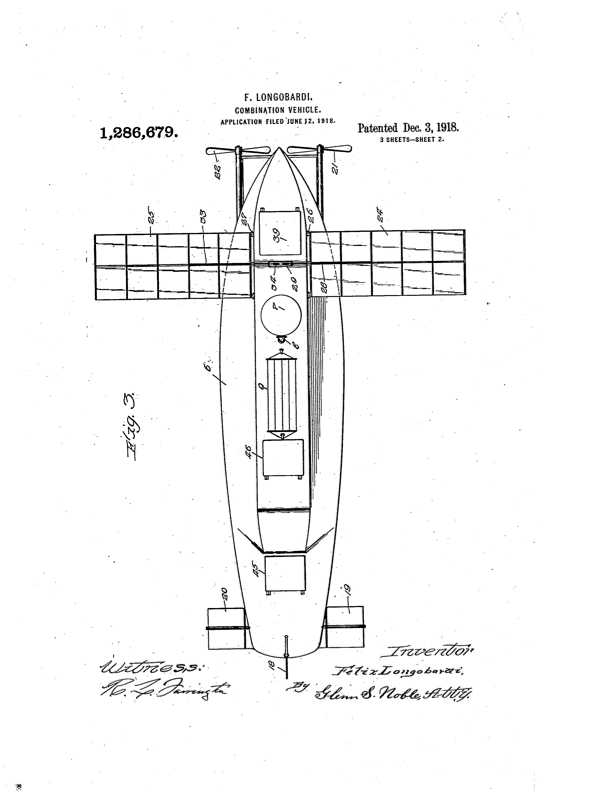
This plan included specific details for components that would permit travel underwater, on the surface, and in the air. The design showed how the wings would extend out horizontally for flight and fold up when it would submerge. The concept was also a military design with portholes for guns on the sides of and on the deck for “anti-aircraft purposes.” There is no evidence that Longobardi ever built his vehicle, but more plans for something similar in concept came in 1920.
Plans for a Submersible Biplane
On 24 January 1920, the “Illustrated London News” published concept art for a submersible biplane. It may have come from the Royal Navy, although the newspaper only claimed it was “designed by a leading aircraft company.” The vehicle had the name “Tessaurian.” There were no written details, but drawings show telescopic wings that would retract when underwater, a periscope, and an inlet for water tanks for submerging. As with the Longobardi design, there were no reports of anyone building an actual vehicle based on the design. It wasn’t long before there were more designs for a similar craft.
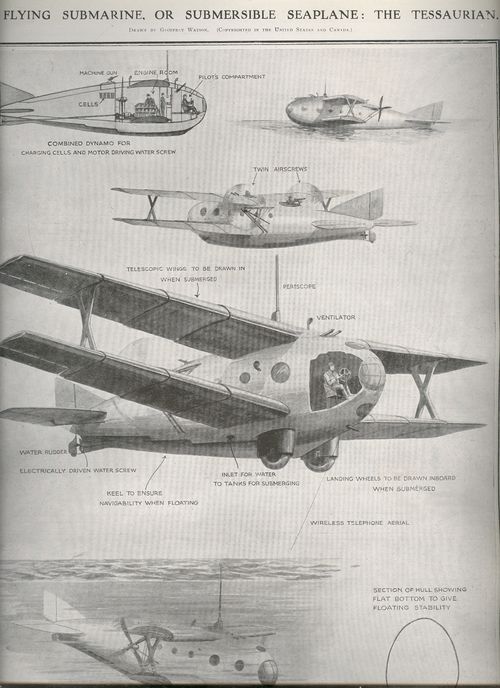
Flying Underwater Boat
In 1934, Boris Petrovich Ushakov, a student at the Naval Engineering Institute in Russia, drew up a design for a flying underwater boat. It featured three engines, the ability to flood its fuselage, submerge it, and wait underwater for enemy ships, and torpedoes. Ushakov submitted his design to senior officials, but after showing some initial interest, they felt the vehicle would be too heavy and did not proceed with it.
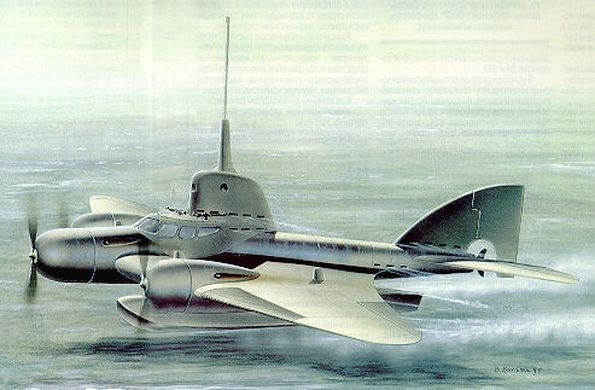
During the following decades, nations tried ways to combine aircraft with submarines. Before the Second World War, the U.K. tried adding a small hangar to a class 2 submarine. This only caused the sub to sink. The French then considered carrying foldable planes inside submarines. Then, in the 1950s, the United States studied building an AN1 Submarine that could carry eight fighters inside its hull. While none of these ideas was for a true submersible aircraft, they showed continued interest in combining aircraft and submarines.
Cold War Designs Appear
The Cold War created a need for new, more effective military vehicles and weapons. In 1962, Donald Reid, an engineer at aircraft manufacturer North American Aviation, produced a design for a flying submarine. He built his Reid Flying Submarine (RFS-1) from parts salvaged from other aircraft in his spare time.
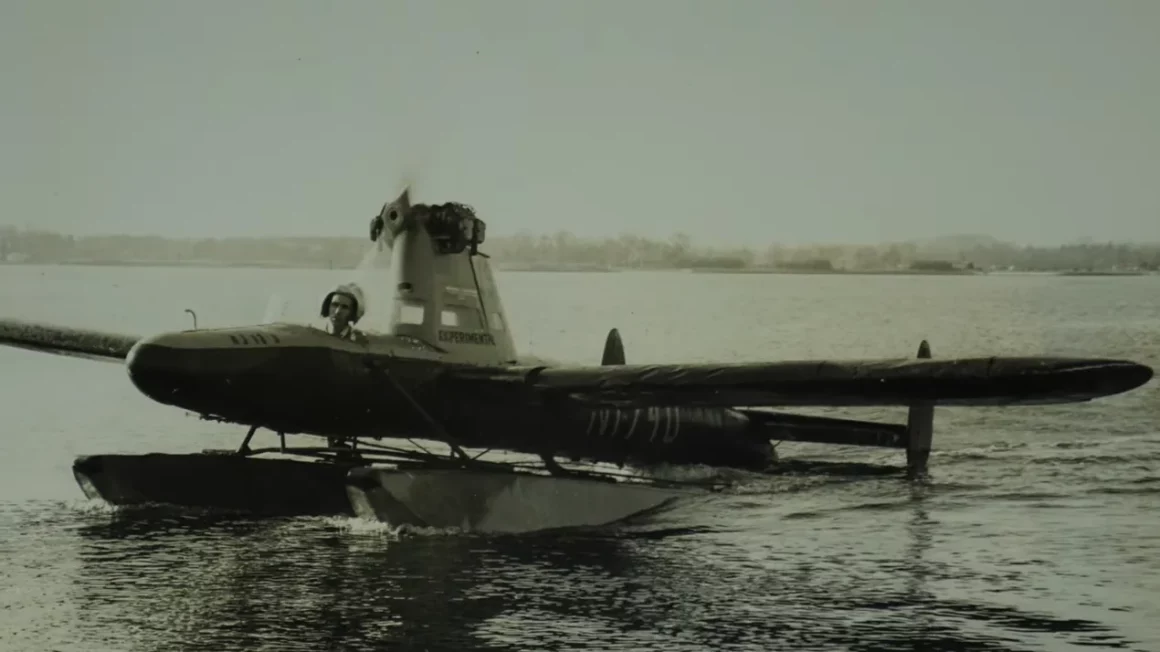
It worked as a float plane and was submersible to ten to twelve feet during testing. It did get into the air, but due to its weight, it could only make short hops of about 75 feet. The RFS-1 had a 65-horsepower engine for flying and a one-horsepower electric motor when underwater.
It was also no simple matter to transition from aircraft to submarine. The pilot had to remove the propeller and install a rubber cover over the engine to keep it dry. The submarine was also not pressurized or sealed underwater; the pilot had to use a scuba tank to breathe. While the RFS-1 proved that such a design was feasible, it did not perform very well underwater or in the air. Eventually, the Navy decided not to fund it after 1965.
First Truly Feasible Design
This was not the only US Navy interest in developing a flying submarine, and in 1964, it awarded a development contract to the Convair aircraft company. The Navy’s criteria for the design were that it have a two-man crew, a single turbojet engine for takeoffs, and twin turbofans for cruising. It also had to be sealable for undersea operations. The Convair submersible seaplane was also to have a Cold War mission of attacking Soviet shipping.
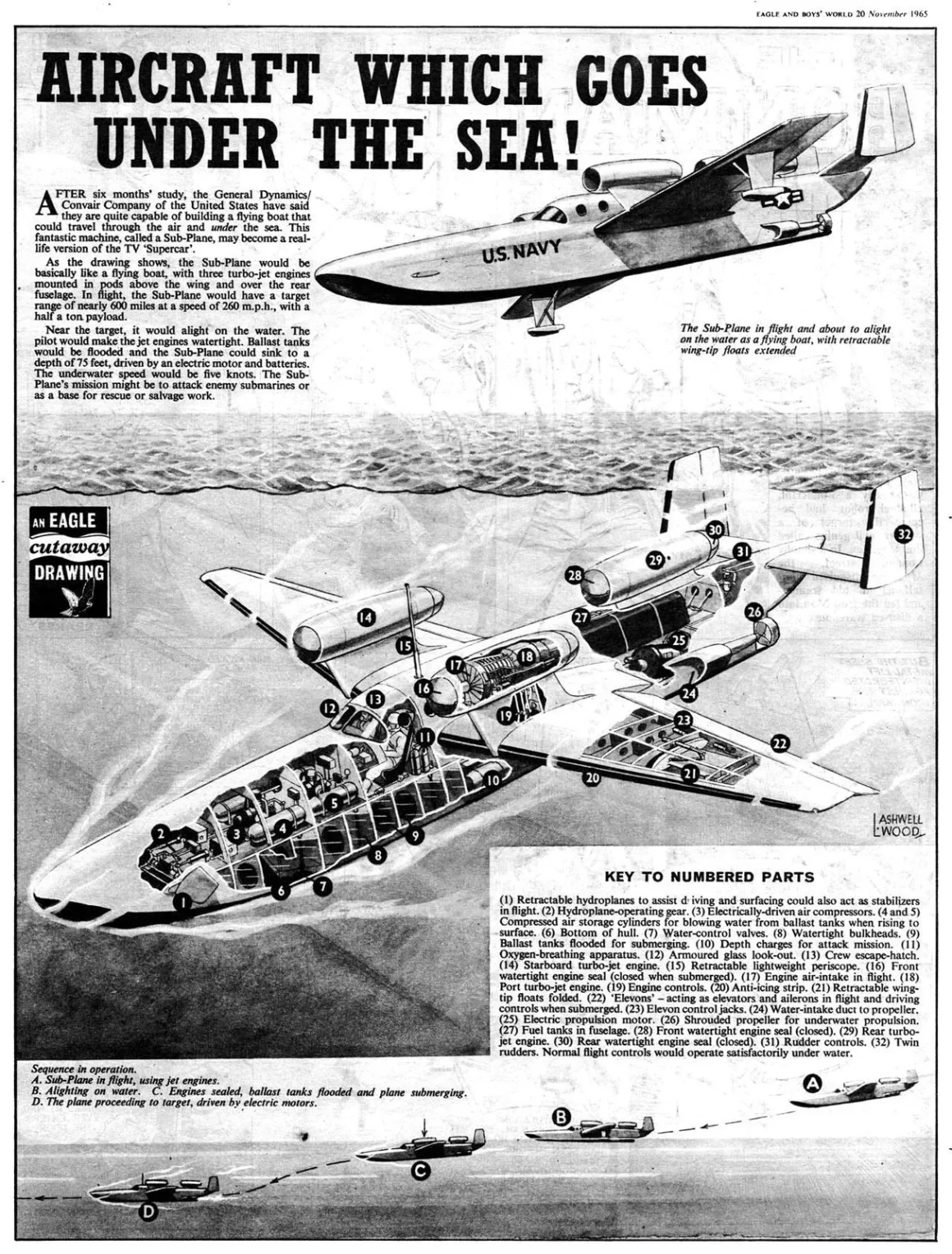
Convair built several scale models, and the Navy began water and wind tunnel testing. Convair reported that their design worked. In the end, however, the project did not make it past the testing stage when Congress decided not to fund it any longer and canceled it.
DARPA Expresses Interest in Flying Submarine
The most recent attempt to develop a submersible aircraft came in 2008 when the Defense Advanced Research Projects Agency (DARPA) requested a vehicle that could fly and travel underwater. DARPA’s requirements were that it have an in-flight range of at least 400 miles and an underwater range of at least 12 miles.
Its basic purpose would be to carry SEALS or other special operations troops to a location where they would perform a mission. The SEALS would leave the vehicle and go ashore to conduct their mission. While the SEALS would be gone, the vehicle would have to remain submerged for up to 72 hours without refueling. After bringing the SEALS back on board, the vehicle could exit the area underwater and then through the air.
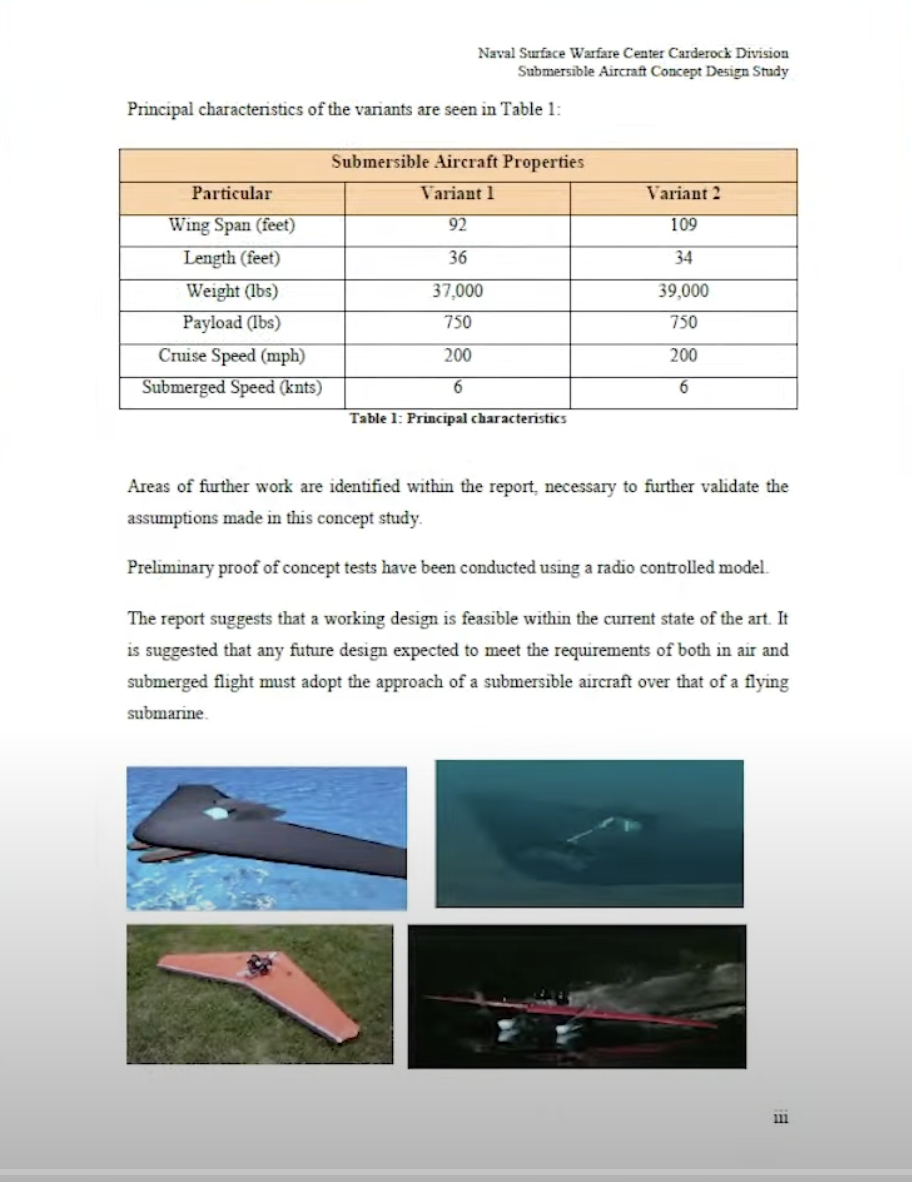
In 2010, the Navy began its own study for a flying submarine, and the Navy Special Warfare Center and Office of Naval Research began it with DARPA’s original requirements. The study initially determined that a blended wing would be the best design for the vehicle.
U.S. Navy Produces Two Design Variants for Carrying SEALs
The Navy produced two design variants for it. Both had two pilots and carried six SEALS and their gear. In both designs, the cockpit would be sealed and pressurized, and the special operators would be exposed to the water and breathe from the vehicle’s air system. The two variants were similar in size and weight. The first one had a 92-foot wingspan and weighed 37,000 pounds. The second variant had a 109-foot wingspan and weighed 39,000 pounds.

After testing scale models of both versions, the Navy concluded that both were feasible and could be produced using existing technology and materials. As far as the public knows, the program ended with these two variants because the Navy has not mentioned anything further about them. However, the Navy has never officially canceled the project either, so the flying submarines or submersible aircraft may still be undergoing testing or even in use today.
Credit: avgeekery.com










